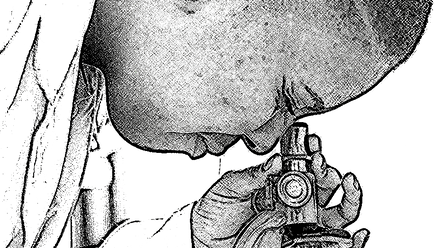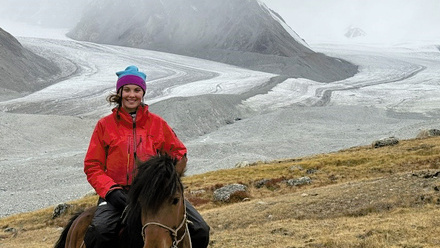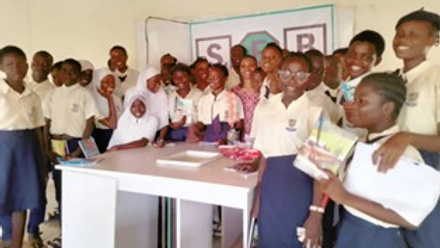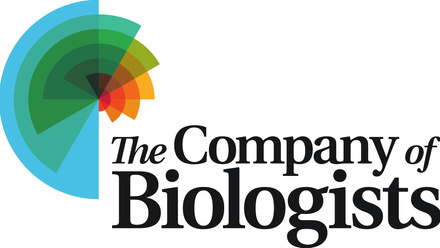Travel Grants to Go
In 2019 Ned Snelling was awarded a Company of Biologist Travel grant which allowed him to travel to Addis Ababa University in Ethiopia and carry out collaborative research with Dr Tilaye Wube.
“The functional performance of the heart increases greatly across fetal and postnatal development, both in terms of absolute output and generated pressure. The morphology of the heart therefore must also change across development, but it is difficult to tease apart changes in cardiac morphology that are related to body mass and changes that occur independently of body mass. Our approach was to use a scaling analysis (allometry) to describe the change in heart mass, left and right ventricular masses, and ventricular mass ratio, each as a function of body mass, across fetal and postnatal development in sheep” explains Ned.
“Previous work on the scaling of heart size across development in marsupial kangaroos revealed a biphasic relationship between heart mass and body mass, with heart mass increasing faster than body mass (positive allometry) across in-pouch life, before a switch in the pace of cardiac growth at pouch exit, with heart mass increasing slower than body mass (negative allometry) across post-pouch life. We expected to find a similar biphasic scaling pattern of cardiac growth in our placental sheep. Instead, the breakpoint that we observed was due to a rapid and substantial increase in the mass of the heart at birth, which occurred independently of any increase in body mass. When we examined the data closely, we saw that the left ventricular mass more than doubles within the first few days of postnatal life, which we think is a response to an increase in left ventricular wall stress at birth, brought about primarily by an increase in volume loading, and secondarily by an increase in pressure loading at birth.
The collaboration with Dr. Wube – one of only a few animal eco-physiologists in East Africa – was a great highlight of the research trip. It provided an academic connection between South Africa and Ethiopia which will certainly continue through more collaborative research projects between our laboratories. Of course, another major highlight was the Ethiopian cuisine, which included beef tibs, injera, and the famous St George beer!”
His work was published in the July 2019 issue of the Journal of Anatomy.






